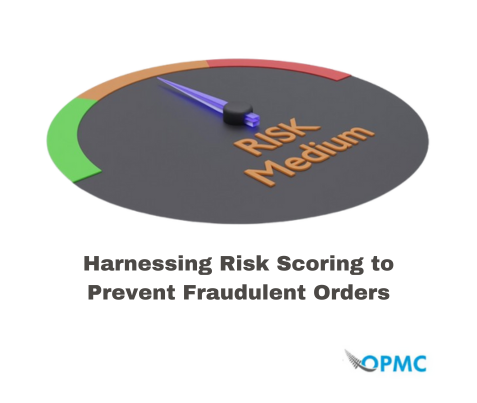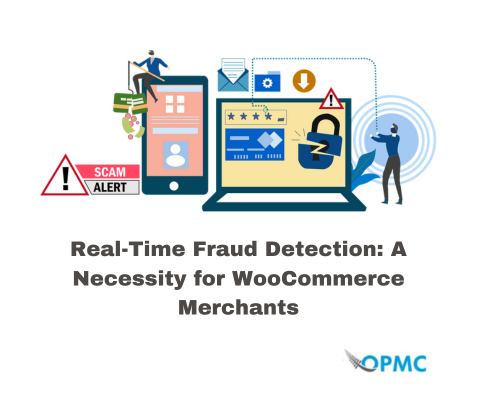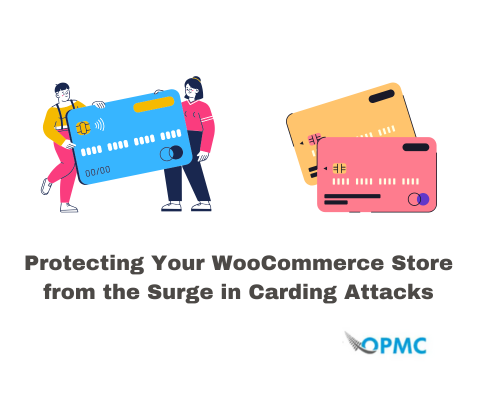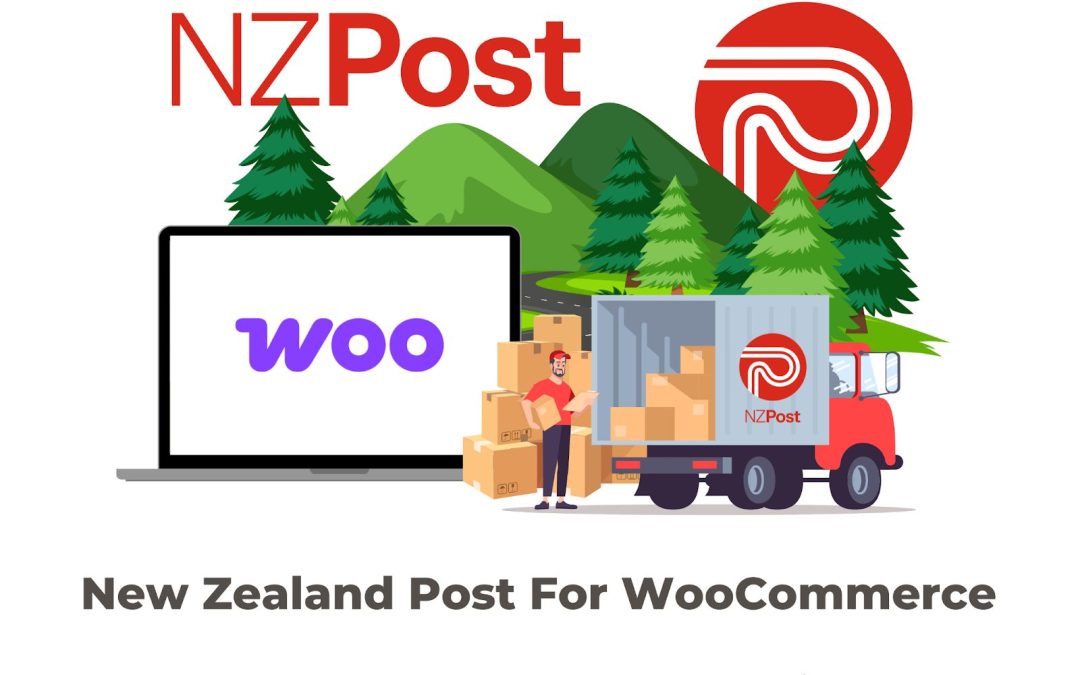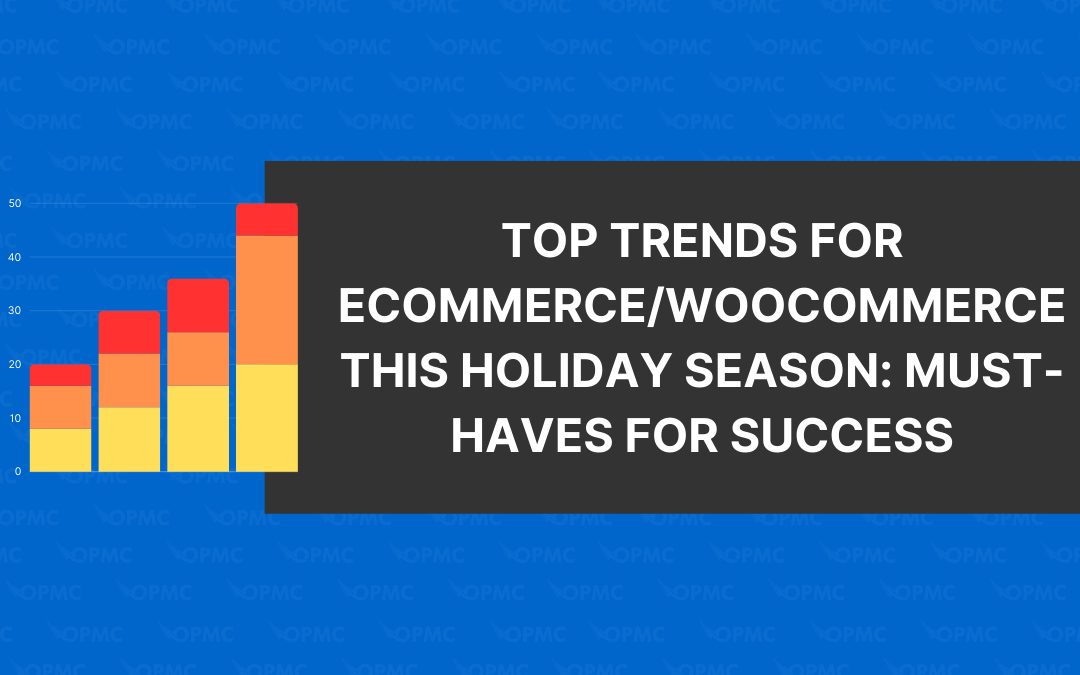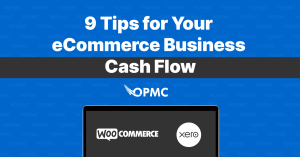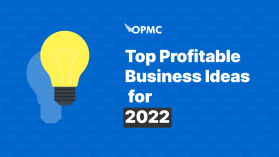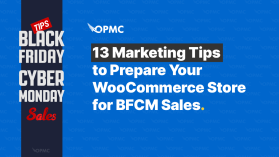Let’s start by saying starting an ecommerce business from scratch of any kind is going to take some trial and error. You’ll discover many nuances through the process, so be easy on yourself, as no one gets it right from the beginning.
However, if you succeed, you will have generated a business with far less overhead and a lot more market reach than a brick-and-mortar business.
Starting an ecommerce business from scratch can be a daunting task. Getting your first product off the ground can be tricky, but there are many ways to do it and make money online. There are numerous platforms and models to choose from, so take your time to do the preliminary setup, research, and leg work. It will help you out a ton down the road.
In either case, there are some things you should know before getting started:
Step 1: Choose the Model Right for You
There are a few factors to consider when choosing a business model:
- The pros and cons of every model
- What the risks are for each model
- How much money can you make from each model
- How much startup capital do you have to invest
- And plenty more
There are two minds when it comes to finding a model. You can go the route of business to business, consumer to business, and others like that, or you can consider the type of structure you want.
The structure is more important to us. In that case, you want to look at models like:
- Dropshipping – inexpensive to get started and involves selling products from a wholesaler to a consumer without keeping any inventory.
- Makers –these are homemade products you sell from your home to consumers or businesses.
- Manufacturing –private and white label companies that allow you to slap your branding on their goods to sell.
- Wholesale –keeping inventory on hand, purchased at a low price, and sold for a profit.
- POD (Print on Demand) –like dropshipping in that you sell the idea of a fun design on a shirt, hat, blanket, or other product that can be made by another company and sold directly to consumers.
- Digital Products –just like they sound – digital items like books, music, and building plans that are sold and emailed to buyers.
- DTC (Direct to Consumer) –a brand selling directly to consumers without any middlemen.
- Subscription –when consumers pay a time-dependent price to enjoy a service, product, or community.
Step 2: Choose a Product or Niche Market
Choosing a product is one of the most important decisions you will make while starting an ecommerce business. Your product needs to be something you are passionate about, interested in, and can sell.
You also need to consider how much money you want to invest in inventory, shipping costs, and other expenses associated with launching your store. You should also look at how competitive your market is already before deciding on a niche market. If there are already many sellers selling products similar to yours, then it may not be very profitable for a new seller without a large budget for advertising since they’ll have difficulty breaking through the noise.
Step 3: Verify Interest in What You Want to Sell
Perhaps you’ve come up with the world’s greatest idea for a piece of home décor. You think everyone will want one, but are you sure? Before you invest in manufacturing and distribution, there are some basic steps to ensure that your product can actually sell on an ecommerce site.
Start by discovering whether there is a market for what you want to sell. If not, it doesn’t matter how great an idea it is; no one will buy it from you!
Having friends and family give feedback about their interest in something can be helpful—or perhaps even testing out selling your product at a local craft fair or open-air market.
Social media is a huge help because you can gauge how many people use, think about, or look for a product. Reddit, Facebook, and Pinterest are great places to start.
Step 4: Create a Brand, Name, Logo & Secure Platform
While starting an online eCommerce business, it is pivotal to think about branding for your business. A brand name and logo are crucial for making consumers feel like they can trust you, which is especially important in an ecommerce business. Consumers don’t have the benefit of seeing you in person when shopping online, so everything from your website design to your packaging needs to convey credibility and professionalism.
This should be reflected not only in what you say about your product or service on your site, but also in how it looks from a visual standpoint (the colours used, fonts chosen), as well as the tone of voice used on social media platforms such as Facebook or Twitter.
Once you have your name, secure all the handles on ecommerce platforms, social media, and domains you will need.
If you want to learn more about brand awareness, see our well-crafted article on Best Brand awareness strategies in 2022 →
Step 5: Get Any Licenses You Need
If you’re selling a product regulated by the government, like food or alcohol, or if your business is subject to specific regulations (like being a bank), chances are you’ll need a license or permit. Unfortunately, these can be expensive and time-consuming to acquire and maintain.
For an online business, you usually need to decide what kind of business structure you will have (LLC, Partnership, etc.) and if you have any tax forms or employee numbers to secure. That can all be done online through your local government website.
Step 6: Build Your Website on an Ecommerce Platform
When you’re ready to start building your ecommerce store, you must choose a platform that is easy to use and customize. Popular choices include Shopify, BigCommerce, WooCommerce through WordPress, and Magento.
You also want it to be easy to manage, scale, and integrate with other systems. Ideally, the software should handle all of these things automatically as well so that all you need to focus on is driving traffic into your store and increasing sales.
Step 7: Integrate Your Sales and Business Infrastructure
Now that you’ve got a solid idea of what your ecommerce business will look like in the future, it’s time to get down and dirty with the nitty-gritty logistics.
Before you even think about integrating your ecommerce platform with your business infrastructure, it’s essential to take a step back and consider how those two operations will be able to work together seamlessly.
Imagine you are the customer. How do you find your website, make a purchase, and receive your item? If you are an employee hired to work at your company – how do you track sales, manage disputes, and handle returns?
Put on a few different hats and see how they fit so you can iron out as many bugs as possible before going live.
Please, please, please be sure to have security measures in place to protect your payment processor and client accounts.
Step 8: Attract Customers and Build Sales
The next step is to attract customers and build sales. You can do this in many ways, including SEO (search engine optimization), paid ads, social media, email marketing, and more.
Some channels work better than others, depending on your product or service—but you’ll want to use a variety of channels to reach your target audience.
If you sell handmade jewellery online, local networking events may be the best place for someone in the market for an item like yours. Meanwhile, someone looking for a new kitchen knife might not care who made it as long as they get quality steel at an affordable price.
This is a Learning Experience
There is always more to learn in the world of ecommerce. As you grow your ecommerce business, it can be easy to get stuck in a routine and not recognize that you need to change or improve. You should constantly be looking for ways to improve what you are doing.
One way to do this is by getting advice from people who have been there before. You can read books, blogs, watch videos and take courses on ecommerce marketing and sales strategies.
With so much competition in the ecommerce market, it can be challenging to make your business stand out from the crowd. However, by following these simple tips, you’ll be able to start an ecommerce business from scratch that will succeed in no time.
If you need quality plugins, extensions, and apps to help expand your online business, start with our expert team at OPMC. We have spent years crafting custom solutions to ecommerce platforms so your online business can grow and succeed for years to come. Check out our numerous offerings online today and good luck joining the world of ecommerce!

